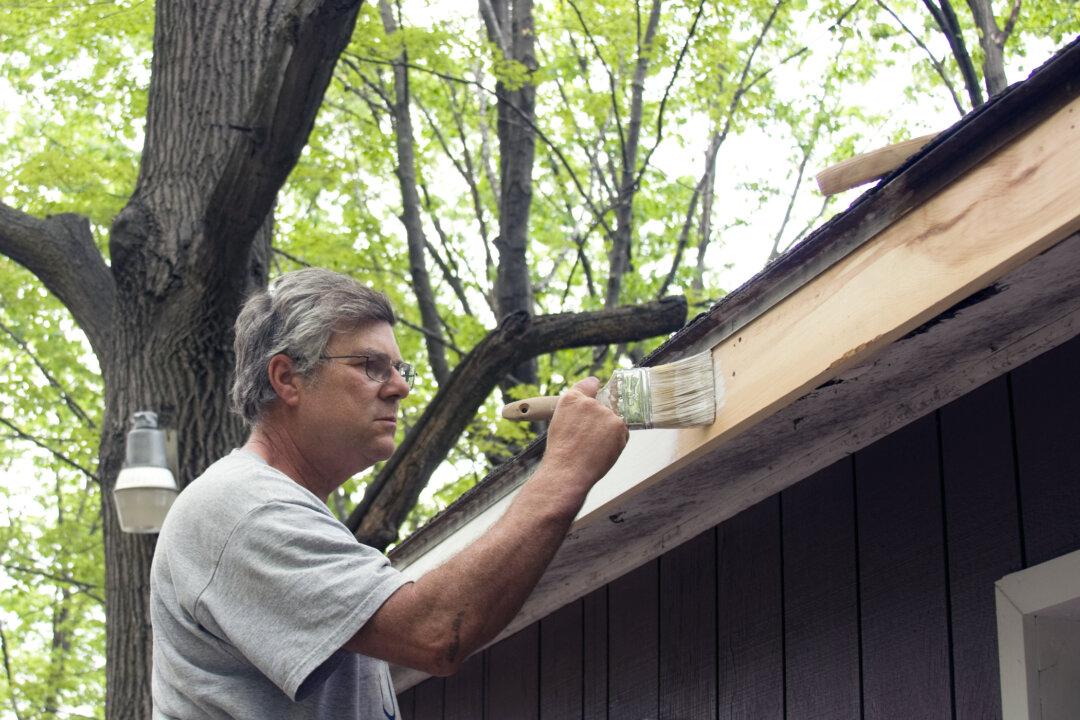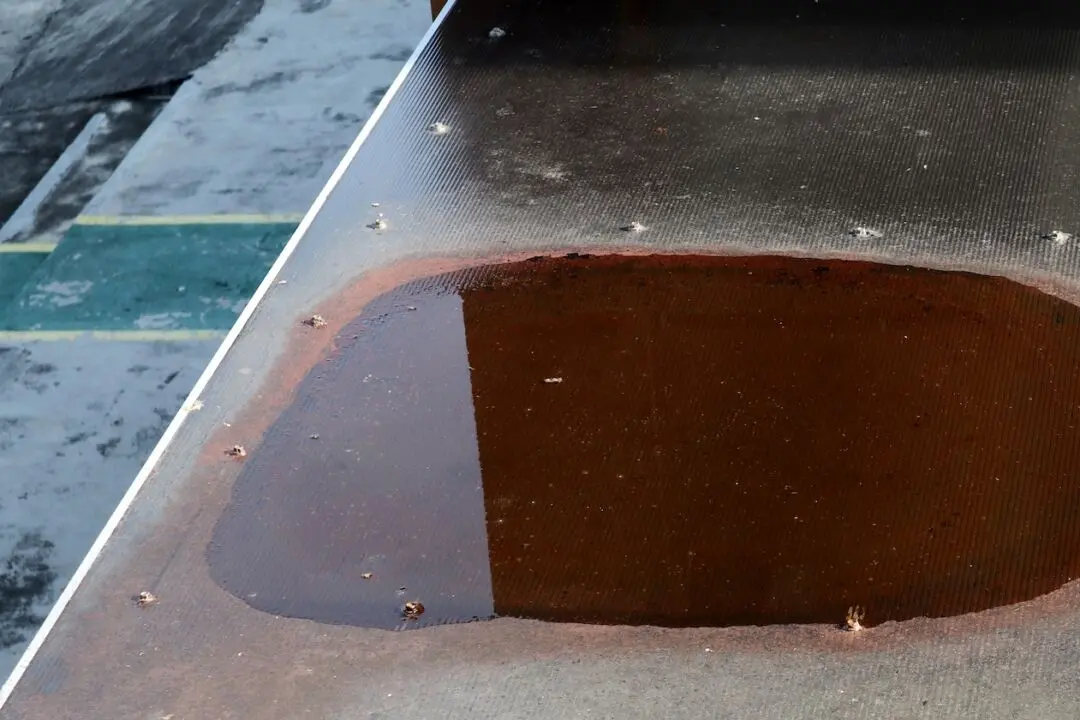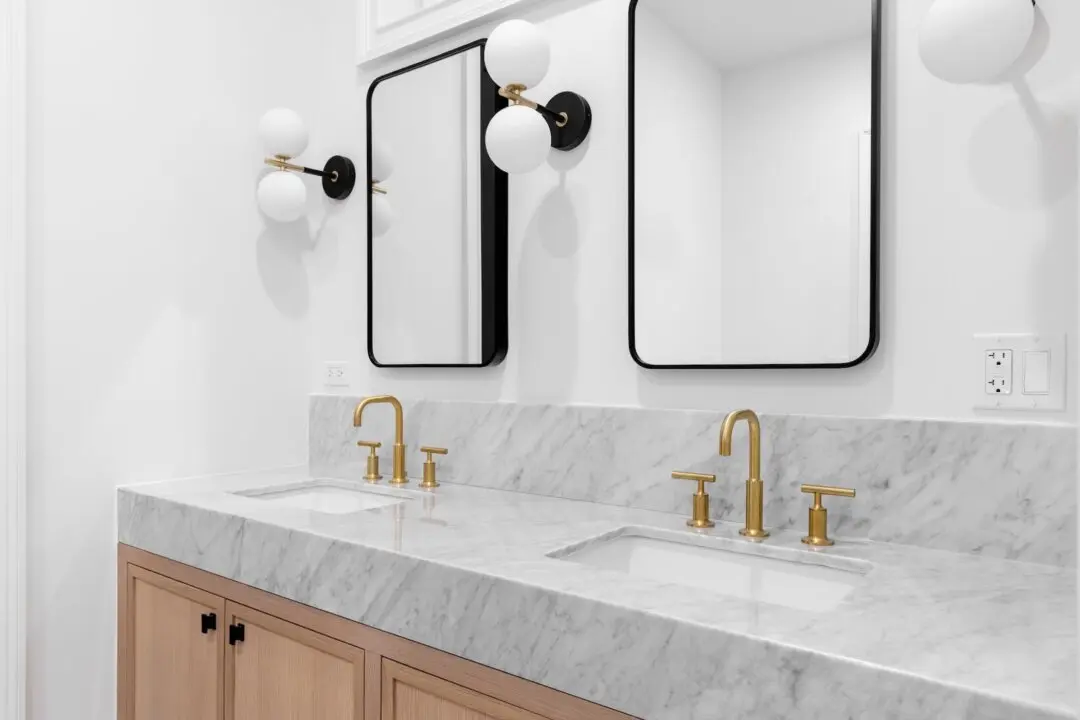Dear James: It seems like I have to repaint the exterior wood trim every two years because it peels. Should I pressure wash it first? Are there other tips?—Thomas N.
Dear Thomas: With proper preparation and application techniques, the paint should not peel for at least twice that long and probably longer. The quality of the paint has some effect on it, but even the cheapest exterior paint adheres for longer than two years.





